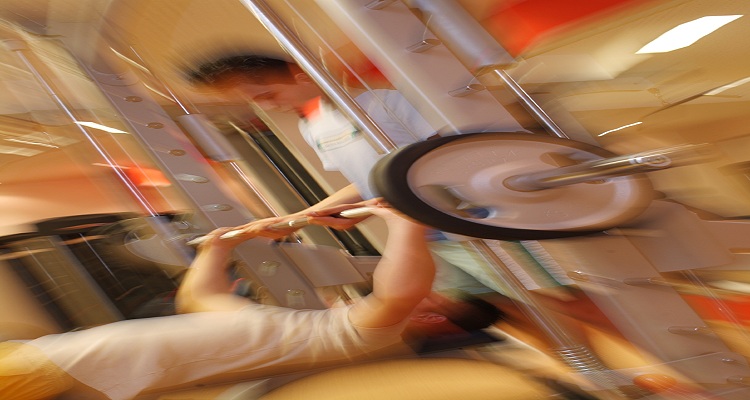The Facility Fallacy

Here’s how it goes.
Your club has had another poor season.
People looking for answers come up with a lot of ideas on how to improve next year.
The management team determine that what the Club needs is a new high performance facility: new stadium, new meeting rooms, new computer lab, new medical facilities, a new gym and of course the obligatory new recovery facility.
Wrong. Wrong. Wrong.
Dumb. Dumb. Dumb.
This is the Facility Fallacy.
Facilities are not the answer
Facilities are rarely, if ever, the real limiting factor in developing a winning performance environment.
Imagine someone buys you a new Ferrari Formula One car for Christmas.
Unless you spend ten years learning how to drive like a world class F1 driver, you will never drive the car to its potential. Try to drive it with your existing driving skills and you get sub standard performance.
And unless you also surround the F1 with the best mechanics, analysts, technicians, engineers and management team and use the world’s best fuel, tyres and components, the car never reaches top speed.
The best car in the world needs the best driver, support team and equipment to perform at its best. And it all has to be put together in an integrated, focused, aligned team approach to performance success.
It’s the same with sporting facilities, (including stadiums, sports academies, gyms, recovery facilities, training facilities, testing and medical centres).
Under performing teams or sports will often blame the lack of facilities as the reason for their poor performances. They lobby government and their supporter base to get the funding to build the latest and greatest, world class sporting facility but usually end up building a monument to mediocrity.
Think about it.
If you have a team with a poor coaching leadership, a player group of below average talent, a sports science / sports medicine support team which is out of touch with the best practices and a divided, uninspired management team but put them in a nice new high performance sports facility and believe things will get better you are:
A. Delusional
B. Insane
C. Have lost the capacity to see what’s actually going on
D. All of the above.
Swimming – as an example
Imagine you have a coach working in an old pool.
He has a poor coaching record, his methods are 20 years behind the times, he does not understand how to help swimmers achieve their goals or realise their potential.
He works with a strength and conditioning coach who believes the way to improve the performance of elite swimmers is to turn them into body builders.
The club is poorly managed and their use of sports science non existent.
It is a turbulent political environment with factions between parent groups and continual in-fighting.
Now put them in a new world class 50 metre, 10 lane, indoor pool with underwater camera facilities, state of the art starting blocks and throw in a world class recovery facility and gymnasium in the change room area.
What have you got?
A poor coach, a sub standard program with bad management and parents who still kick each other but now they do it……..in a nice new pool.
Nothing meaningful, i.e. nothing that will make a real difference to performance – has changed.
When you really think about it, this is the complete opposite of the way we should do it.
- Spend some time at the end of each season, objectively, intelligently and logically reviewing what worked and what didn’t work this year.
- Clearly identify the strengths and weaknesses of the program – working systematically through the “big five” of all sporting environments: Coaching, Players, Management, Sports Science / Sports medicine support team (including strength and conditioning) and Facilities.
- Look at the cohesion and synergies between the “big five”. Is everyone working together, striving towards a common goal? Is everyone working together to accelerate the performance of the team?
- Follow the P-P-P-P rule of investment in high performance programs: Invest in People first, then Processes / Practices, resolve any Political / Personality conflicts then build Places (facilities).
Buying a new car…………
When you buy a new car – the most important question to ask is, “why do I need this car – i.e. what do I need it to do for me – what are my needs from the vehicle?”.
- If you have a family of six – you need a people mover.
- If you are single, wealthy and live the fast live – you buy a Porsche.
- If you are a farmer – you buy a four wheel drive.
Sporting facilities exist only to provide the opportunity for coaches, players, management and staff to deliver the best possible program – to meet their needs.
If your medical team does not understand recovery techniques, if your coaches refuse to buy into the importance of recovery in a training program, if your recovery management practices are not world class – then don’t waste money building a recovery facility.
Get the people right first, then the program and practices…….then build the place!
If you are not going to change your coaching, player group, management, sports science / sports medicine program – then don’t waste money on new facilities.
Invest in people first.
Help them to work to their full potential.
Improve their leadership ability.
Enhance their capacity to be innovative, creative and unique.
Ensure your sports science / sports medicine is world class.
Bring everyone together – aligned towards creating a sustainable winning environment and then………….build them a world class facility.
Wayne Goldsmith

0 Comments